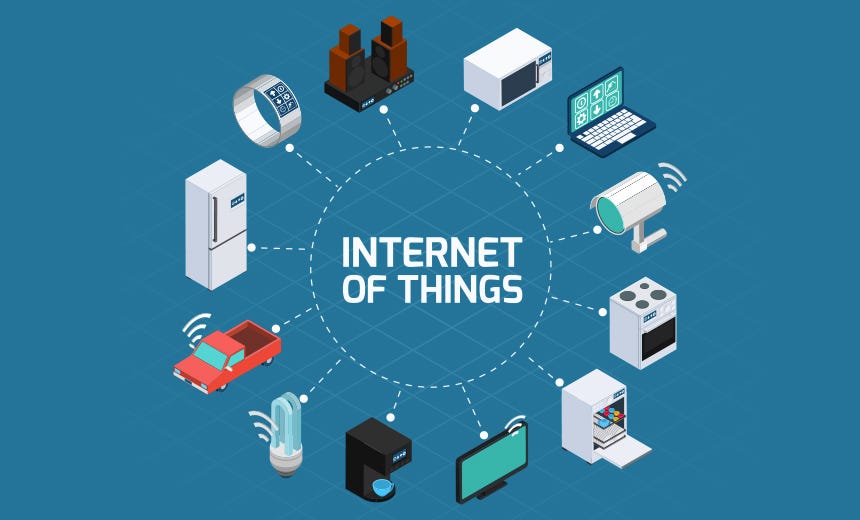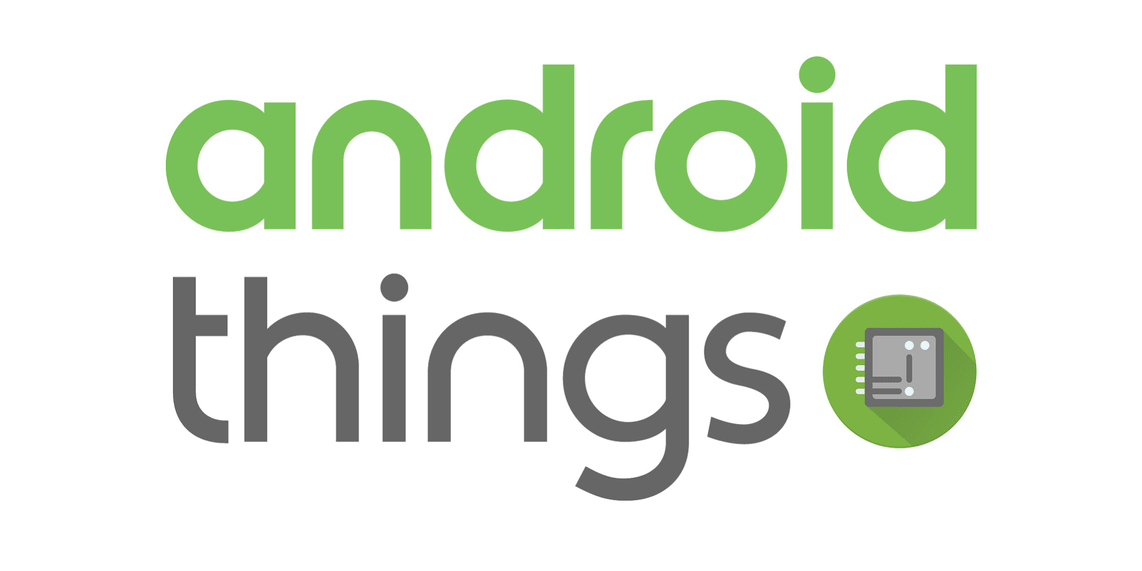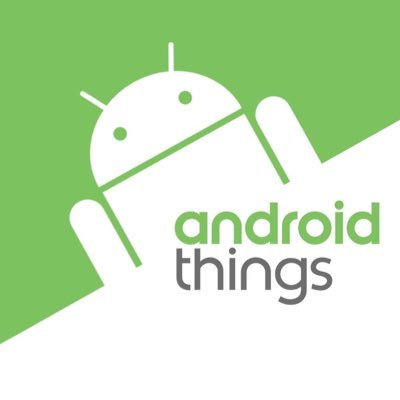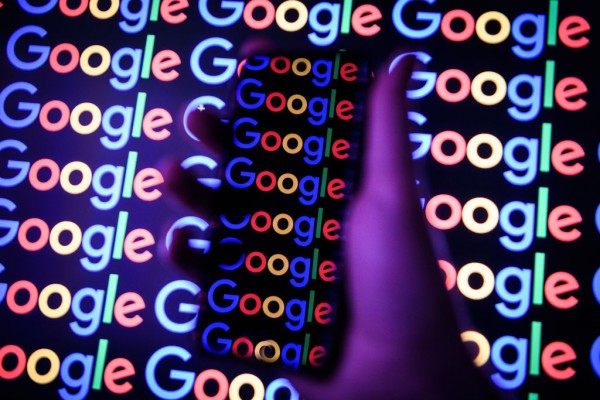The Internet can do almost anything in the 21st century. In this article, we’ll talk about Android Things and its impact on the Internet of Things. Google announced the release of the first version of Android Things 3 years ago. We will see how the operating system worked and if it added value to the IoT market. We will also see why Android developers decided to shut down the system in 2022.
What is the Internet of Things?
Internet of things (IoT) refers to the billions of physical devices connecting to the Internet and storing and exchanging data around the world. It is easy to integrate something into the Internet of Things, thanks to the advent of low cost computer chips and the widespread availability of wireless networks. The term “Internet of Things” refers to something connected to the Internet, but it can also refer to computers “talking” to each other. Every physical object that can be connected to the internet and managed or transmit information can be converted into an IoT device. An IoT device can be as simple as a child’s toy or as complex as a self-driving car. The IoT allows computers connected to closed private internet networks to communicate with each other, allowing them to connect not only through closed silos, but also through various modes of networking.

What is Android Things?
Google intends to enter the world of IoT with Android Things. Android Things is a managed operating system designed for IoT products like smart locks, thermostats, etc.
It provides the software and hardware infrastructure required for large-scale IoT product development. IoT developers can build smartphone apps using existing Android development software, APIs, and services, as well as new APIs that include low-level I / O and libraries for critical components such as temperature sensors, etc.

What constitutes an Android Things:
In a nutshell, Android Things includes a well-optimized operating system that can run on any hardware platform and low-power devices, a back-end (hardware) infrastructure certified by Google, and a framework to guarantee that connected devices frequently receive software and security. updates.
Android Things can be activated on any smartphone, even ones you’ve never heard of. Android Things will work for any computer connected to the network and in all other areas where current IoT applications operate, from standard home appliances to highly sensitive equipment in manufacturing units.

Benefits of Android Things
For google, Android Things has the ability to become a new data collection channel. This can help Google better understand consumer behavior. As a result, Google will be able to provide its large user base with more personalized and context-specific advertising.
For companies, Android Things has the potential to reduce overall IoT application development expenses. This is because the Android Things framework can be used as an app that runs on any hardware, and companies can just build new apps on top of it. This would reduce overhead while increasing efficiency.
For Android developers: As part of the new system, Google, rather than the developers, is responsible for delivering daily security fixes to Android devices. This ensures that as soon as a security update for Android is released, it will be applied automatically to all Android Things devices. This would remove the need to update mobile devices.
Additionally, rather than worrying about security patches on a regular basis, developers should focus only on software development.

How Android Things Adds Value to IoT
- Google will get three years of free support for compatibility updates and security updates for Android of Things developers, with unlimited opportunities for extended support.
- With its back-end architecture, Google will take control of the device image, updates and enhancements, allowing developers to focus on product development. In addition, system and software changes can be quickly transmitted to connected devices through Android Things Console.
- For app updates, Google has set a cap of 100 non-commercial active devices on the Android Things console. To get around this restriction, anyone who wants to ship commercial products based on Android Things will need to sign a distribution agreement with Google.
Why will Google shut down Android Things?
The underlying operating system was first used in 2018 for several speakers and smart displays. Google revealed in February 2019 that it is “refocusing” Android Things to exclusively use smart speakers and smart displays, indicating that no other company is interested. Two years later and now Android Things is not accepting new non-commercial projects. The console will be completely closed on January 5, 2022 and all project details will be permanently erased.
If you liked this article, you can visit other Android app development trends here and here


